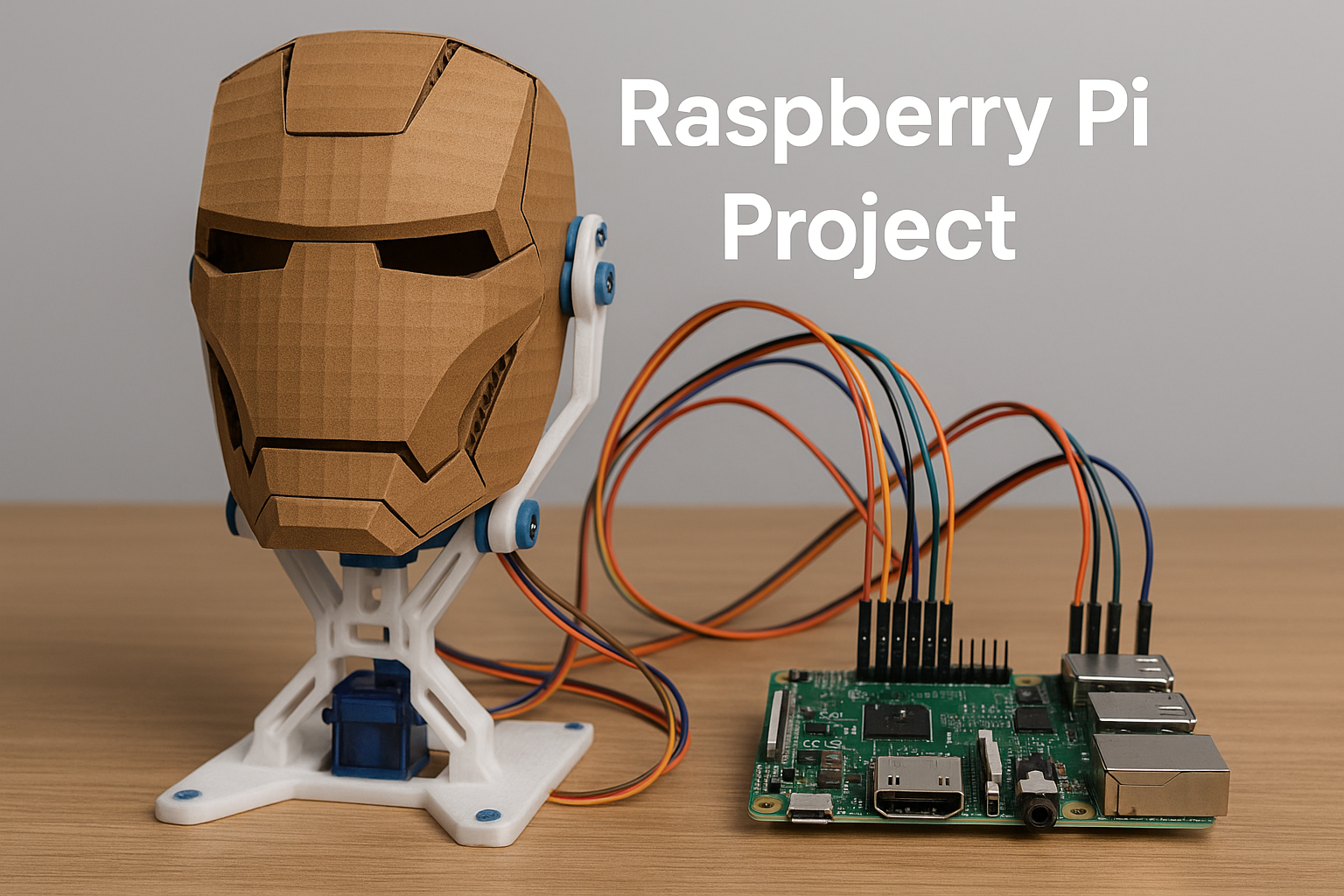Raspberry Pi Project – Build Smart Systems for IoT, Automation & Learning
A Raspberry Pi project leverages a compact, low-cost computer to build smart systems for automation, IoT, robotics, and educational applications. With its GPIO pins, Linux-based OS, and USB/HDMI ports, Raspberry Pi supports integration with sensors, displays, and external hardware for endless DIY possibilities. These projects are ideal for both beginners and experts looking to prototype innovative tech solutions or learn practical computing and electronics.
Watch Video
Overview and Purpose
Raspberry Pi projects are designed to bridge the gap between software and hardware by enabling users to build functioning systems using a powerful, programmable mini-computer. They serve as a cost-effective platform for developing smart devices such as home automation systems, surveillance stations, media centers, and educational kits. With support for Python, C++, and other languages, these projects allow full-stack development from hardware control to web interfaces. The purpose is to make technology accessible, customizable, and scalable for innovation and learning.

Key Features of the Raspberry Pi Project – Build Smart Systems for IoT, Automation & Learning
Directly control LEDs, motors, sensors, and relays through the Raspberry Pi’s GPIO pins. Enables precise interaction with external devices for real-world automation.
Runs a full-fledged Linux OS (Raspberry Pi OS or alternatives) with support for programming, networking, and software installation. Ideal for creating server-based or headless embedded systems.
Built-in wireless modules allow easy communication with cloud services, mobile apps, or IoT devices. Enables remote control, monitoring, and integration in smart environments.
Connect HDMI screens, touch displays, or cameras to build interactive dashboards, kiosks, or surveillance systems. Suitable for media-rich projects and real-time visual interfaces.
Compatible with Python, Node.js, C++, and other major languages and frameworks. Supports web servers, automation scripts, and AI models for robust development.